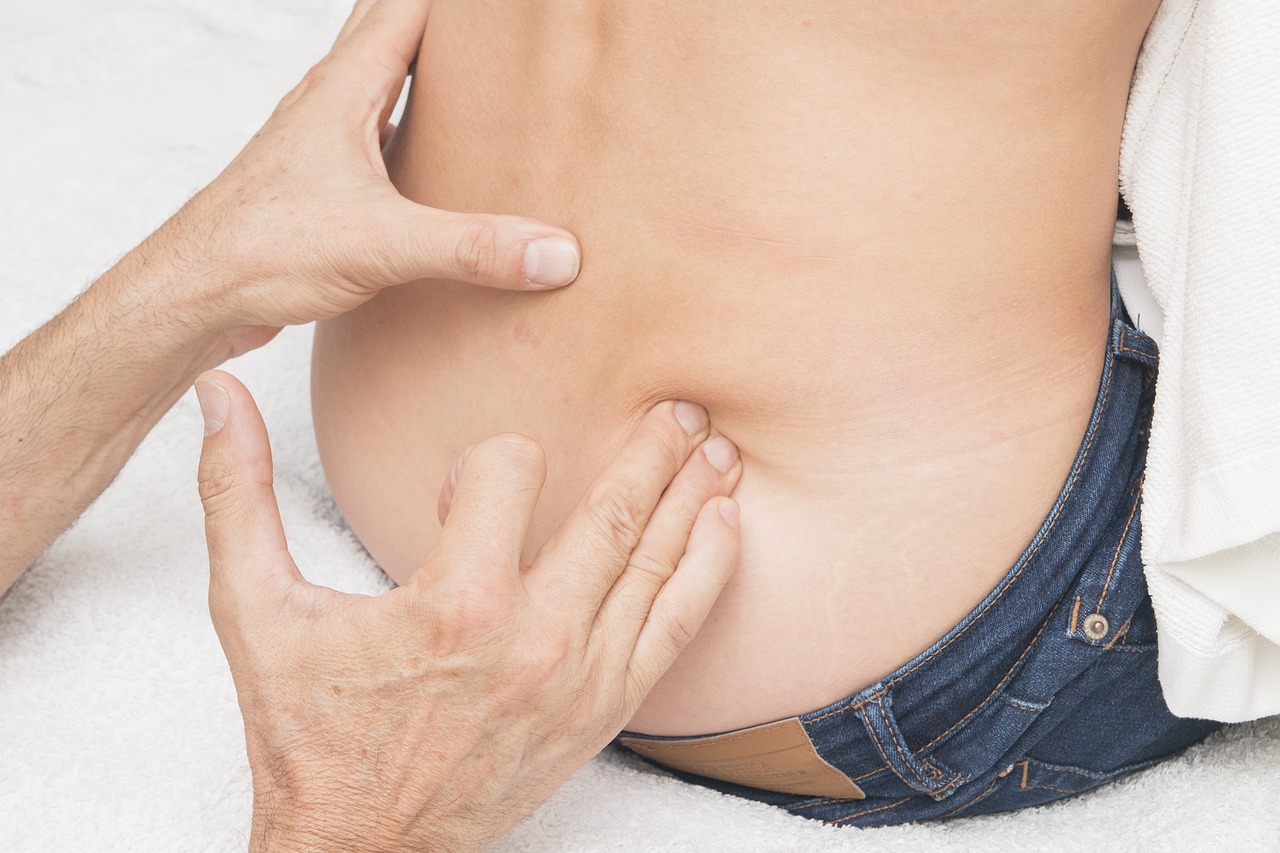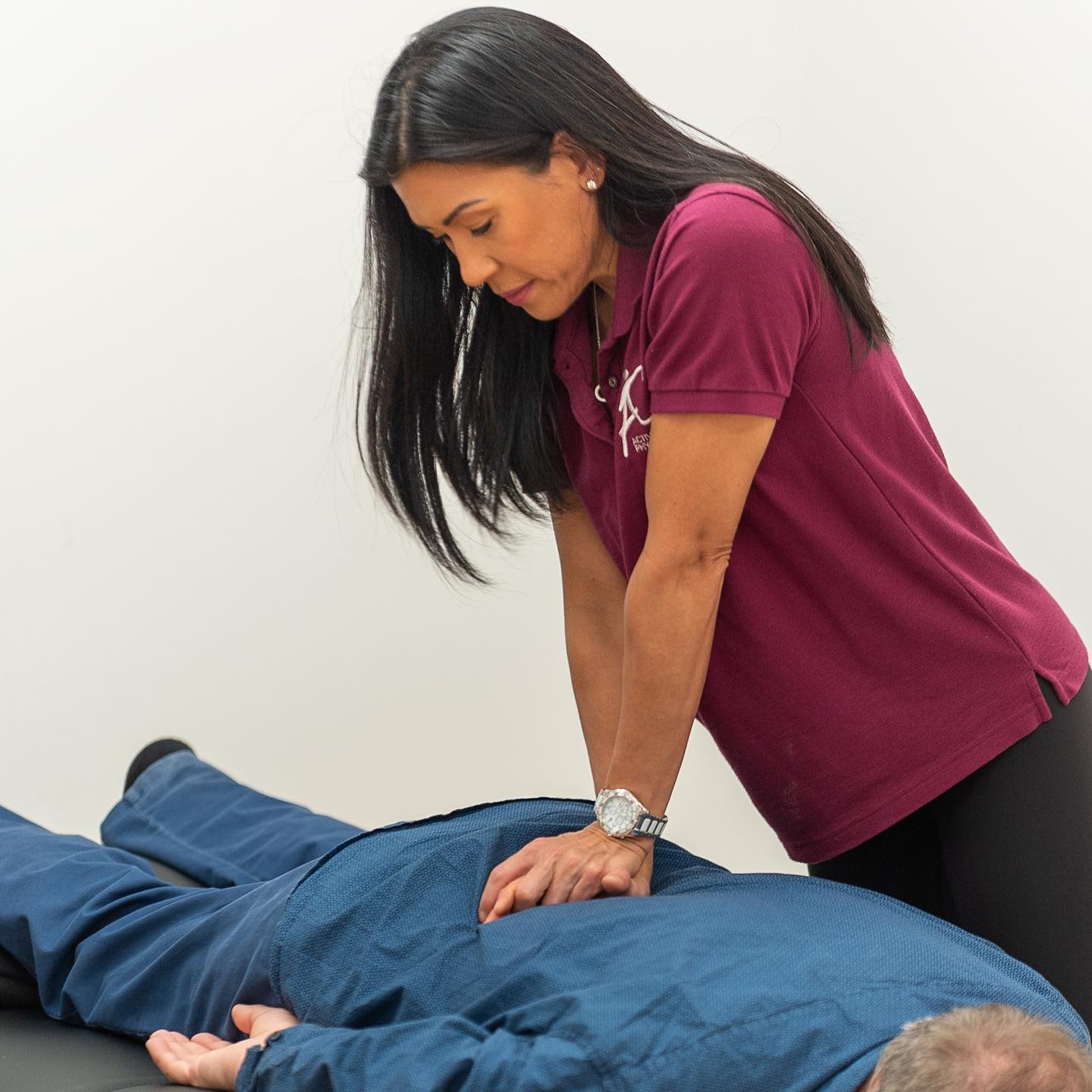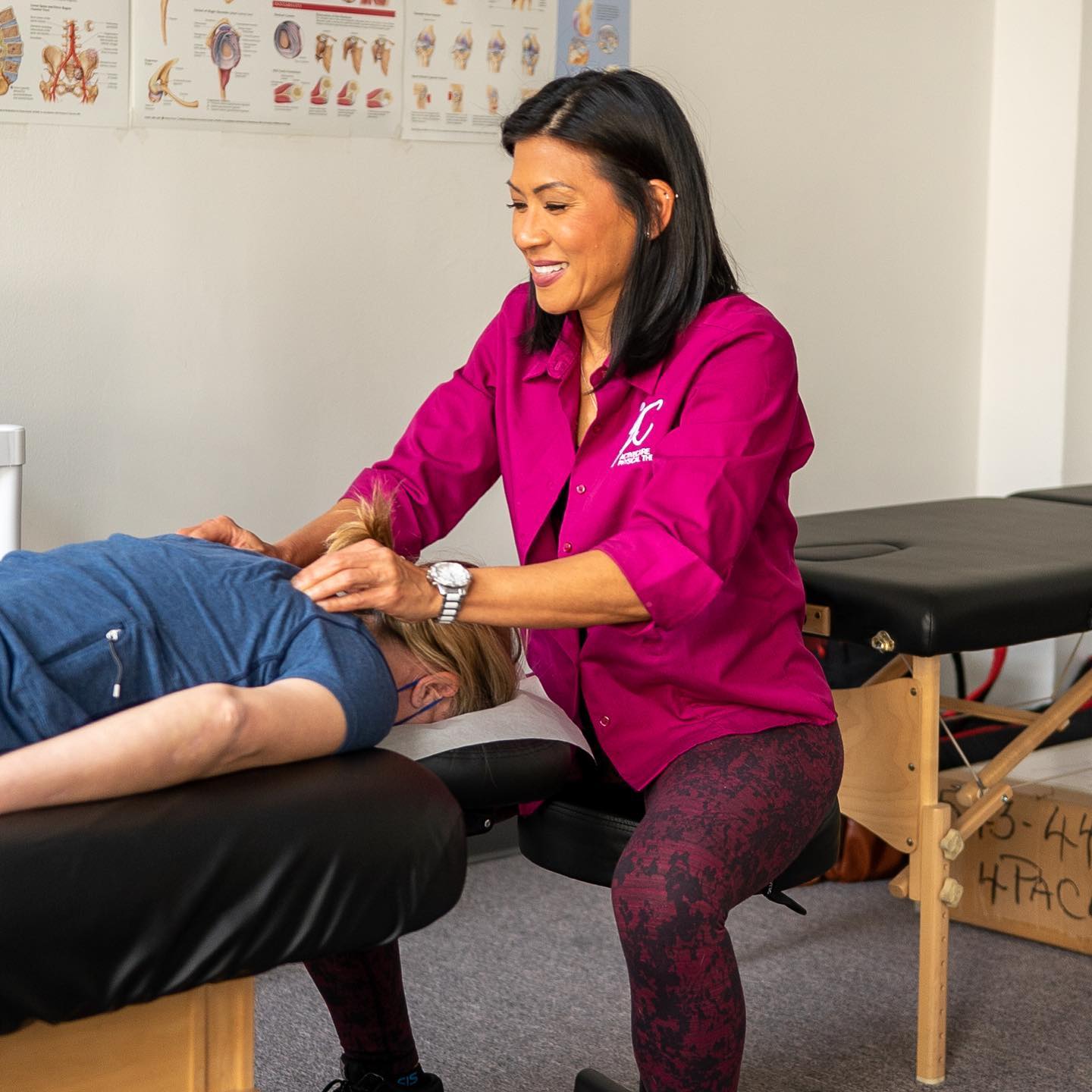Hip Injury Physical Therapy NYC
hip injuries physical therapy in Midtown New York
The hip joint is a large and stable weight-bearing joint. The hip joint consists of the femur and its connection into the pelvis at the acetabulum. It is a deep ball in socket joint. The hip joint tolerates tremendous forces during the gait cycle as body weight is transferred side to side as each leg is planted on the ground to progress the body forward.
Injuries to the hip joint involve labral tears, arthritis or traumatic events. The hip is more often found in a flexed position (bent to a 90 degree angle) secondary to the prolonged sitting position required in many occupations. This can lead to tightness of the anterior structures which keep the hip in a flexed position. When this occurs, the femoral head (ball) sits further back in the acetabulum (hip socket).
The technique demonstrated is a hip internal rotation joint mobilization in supine. The function of this is to increase the rotatory component for more appropriate weight bearing on the joint surfaces in standing, walking and crossing the legs.


our approach
- The patient is side lying on her back.
- The therapist stands to the side of the affected hip and bends the hip and knee to 90 degrees.
- The hand closer to the head stabilizes the outside of the knee, the hand closer to the foot grasps the lower leg.
- The hip is internally rotated using the lower leg as its lever arm.












.jpg)



